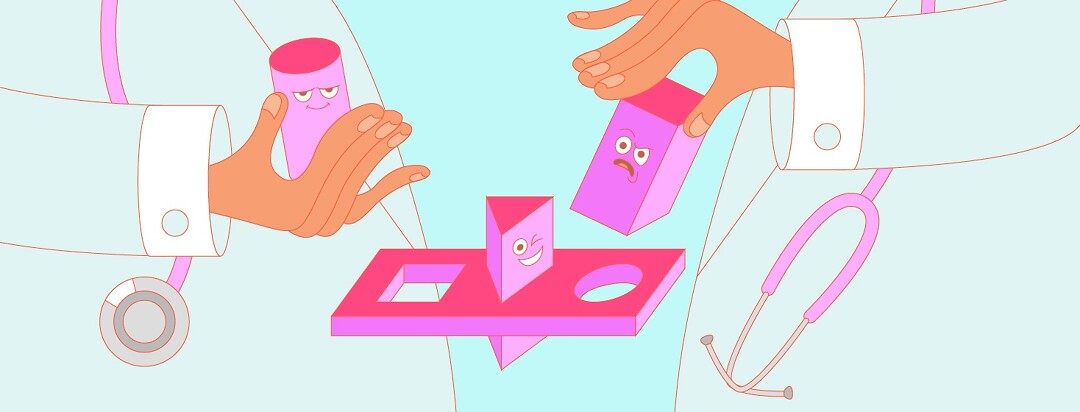Myasthenia Gravis Can't Stop Me
“You have textbook case myasthenia.” Those were the exact terms the neurologist uttered at the time of my diagnosis.
The words I had been waiting for. The conversation that would bring me to tears; tears of joy and tears of fear. After two long, trying years of being misdiagnosed, this was the confirmation I needed.
Juvenile myasthenia gravis
Prior to my diagnosis, I spent what felt like a century attempting to get people outside of my family to believe what I was going through. To see. To listen. I was 13 years old when I was diagnosed with myasthenia gravis (MG). A rare disease to begin with, an even rarer occurrence to be diagnosed as a child.
I didn’t fit the mold. I was a square peg in a round hole. The classic symptoms presented weren’t enough and my narrative didn’t suffice.
There was no way I could get physicians to see beyond the standard demographic they were taught when they breezed through MG in their neurology lectures. Little did I know this was the start of a novel forever journey with myasthenia gravis.
Close to a crisis
In the beginning, it was a symptom here and there. A droopy eyelid from time to time, an overlapping or blurring of words. As time passed by, my health only deteriorated.
By the fall of 2005, it was a daily struggle to chew, swallow, smile, speak, see, lift my arms, legs, and neck. I was knocking at the door of a myasthenic crisis and it felt as though the medical world had given up on me.
I didn’t give up.
Making peace with my diagnosis
My symptoms became too apparent to dismiss. It was obvious something was wrong and I needed help, fast. After years of hitting dead ends, my family and I finally made it to a pediatric neurologist’s office. It was what some might call, a light at the end of a very dark tunnel.
A thorough neurological examination and simple blood test was all it took to reach a diagnosis. To think, if someone two years preceding this moment would have taken five extra minutes to make a minor leap into my experience, the extensive months of pain and struggle I endured could have been avoided entirely.
Let’s face it; this wasn’t the first time a person was misdiagnosed and it sure wasn’t the last. I’ve made peace with my journey to my myasthenia diagnosis, and after 15 years of living with this disease, it is evident that this is a common occurrence more than not.
More than MG
For a long time, I felt betrayed, like I was written off as just another number to meet their patient quota. But I’m more than just a case number. I’m Meridith, a young woman that just happens to live with myasthenia gravis.
Now as a professional in the healthcare industry, I see how a diagnosis such as this could have been missed. While my journey to diagnosis was not an easy one, it’s a diagnosis I have come to appreciate and be grateful for.
A diagnosis I can manage. Sure, myasthenia gravis can be infuriating and discouraging at times, but in those moments where I am depleted of energy, physically weak, and utterly exhausted, I remind myself of how strong I actually am, and how far I have come. Not even myasthenia gravis can stop me.

Join the conversation